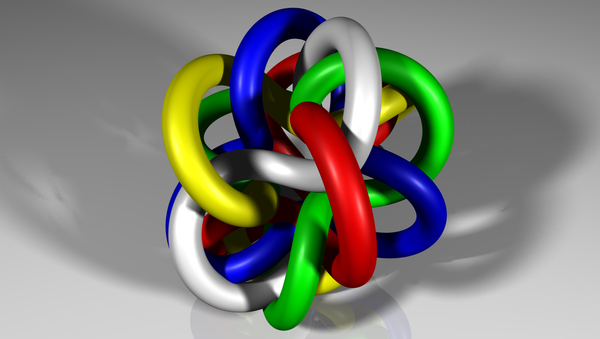"If you take your headphones and put them in your backpack, they tend to get tangled," says Arjun Berera of the University of Edinburgh, a lead author of the study.
"That’s exactly the picture we’re describing."
These particles in the early Universe are thought to have given rise to flux tubes, a cylindrical region of space containing a magnetic field, which formed between the particles and contained the energy to power the inflation of the Universe.
"A knotted/linked flux tube network formed in a quantum chromodynamics-like phase transition can provide a natural source of inflation," write the authors of the study, published last month in the journal High Energy Physics, called 'Knotty inflation and the dimensionality of spacetime.'
[1508.01458] Arjun Berera, Roman V. Buniy, Thomas W. Kephart et al.: Knotty inflation and the dimensionality of… http://t.co/EpAJ6dBg1i
— arXiv hep-ph (@hep_ph_) August 7, 2015
In addition, the scientists believe their knot theory may have hit on an explanation of why we live in three large spatial dimensions, since knots cannot exist in more than three dimensions.



